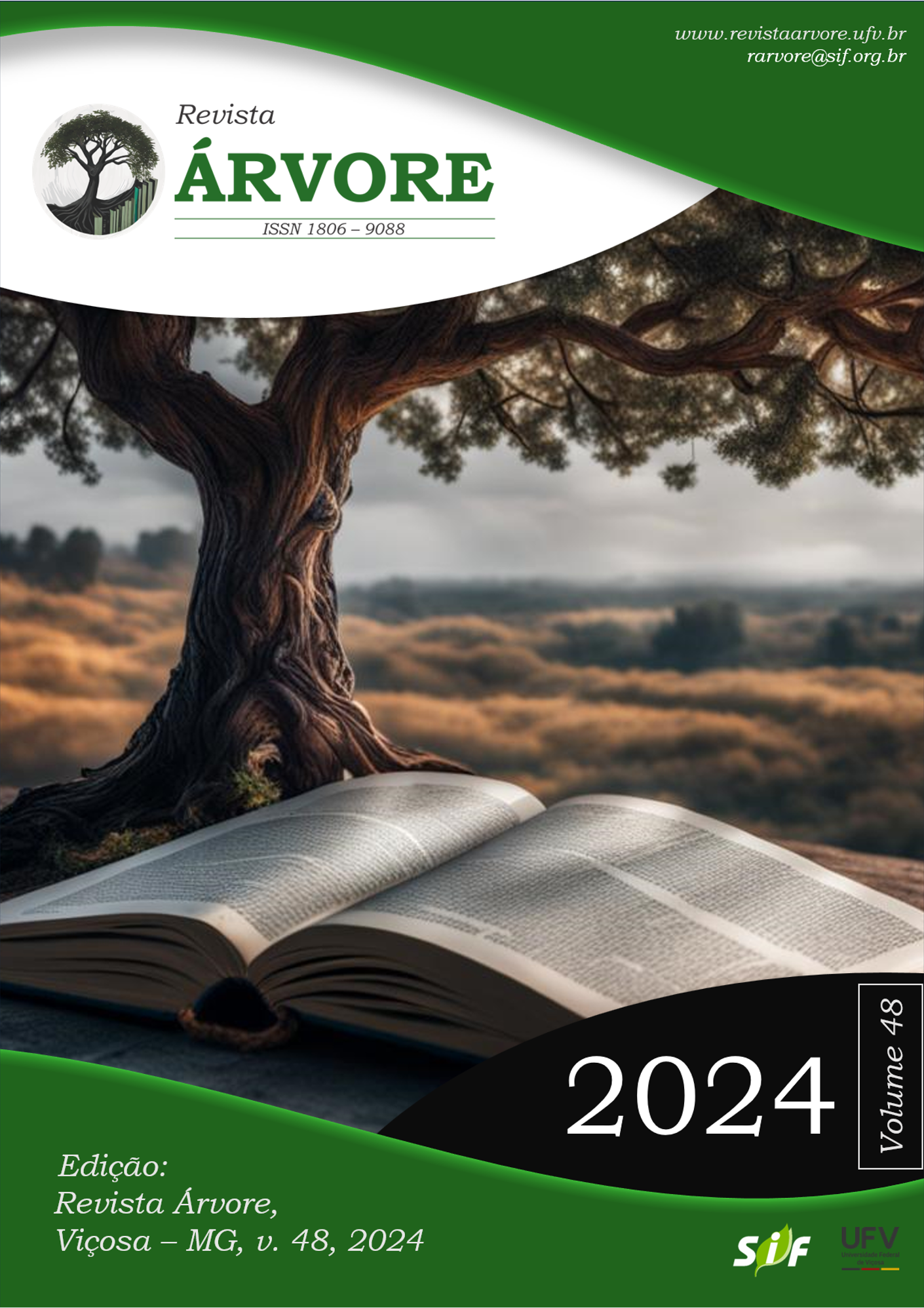Zinc toxicity and tolerance-related responses in Inga marginata and Allophylus edulis seedlings
DOI:
https://doi.org/10.53661/1806-9088202448263621Keywords:
Antioxidant System, Gas exchange, Oxidative stressAbstract
Although zinc (Zn) is a micronutrient, excessive amounts in the soil can have toxic effects on plants. Fertilizers, limestone materials, pesticides, and fungicides added with Zn have contributed to increasing the concentration of this element in agricultural soils. Accordingly, it is necessary to find Zn-tolerant plant species to be properly used in degraded soil restoration programs. Thus, the current study aims to investigate the influence of different Zn concentrations on photosynthetic variables, antioxidant activity, and growth of I. marginata and A. edulis seedlings to determine their potential to be used as phytoremediation species. The experiment was installed in a 2×5 factorial scheme, with the first factor being two species (Allophylus edulis and Inga marginata), and the second factor: five concentrations of Zn (2, 75, 150, 225, and 300 μM), with three replications per treatment. Each sampling unit consisted of a pot with five plants. Photosynthetic, morphological variables of the shoot and root systems, chlorophyll a fluorescence, photosynthetic pigments, antioxidant enzyme activity, lipid peroxidation, hydrogen peroxide concentration, and Zn accumulated in the roots and shoot were evaluated. Zn stress has activated an efficient antioxidant system, which reduced oxidative damage in the leaves of both species; consequently, it did not decrease shoot biomass production in Inga marginata and Allophylus edulis seedlings. High Zn accumulation in plant tissues and lack of negative effects on Inga marginata and Allophylus edulis shoot have suggested that these plant species are tolerant to Zn and may be indicated for Zn-polluted soil phytoremediation purposes.
Keywords: Antioxidant System; Gas exchange; Mineral nutrition; Oxidative stress.
Downloads
Published
How to Cite
Issue
Section
License
All authors agreed to submit the work to Revista Árvore and granted the exclusive license to publish the article. The authors affirm that it is an original work and has not been previously published elsewhere. The scientific content and opinions expressed in the article are the sole responsibility of the authors and reflect their opinions, not necessarily representing the opinions of the editorial board of Revista Árvore or of the Society of Forest Investigations (SIF).








